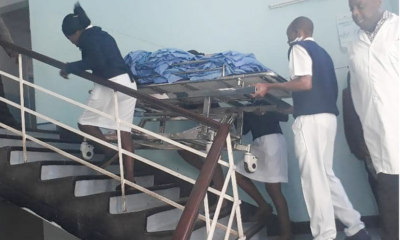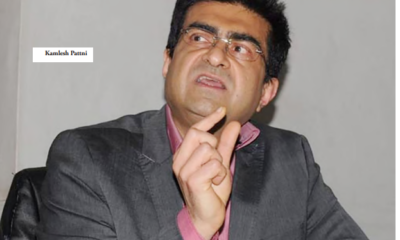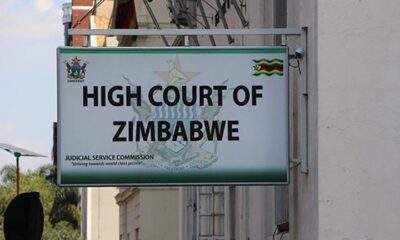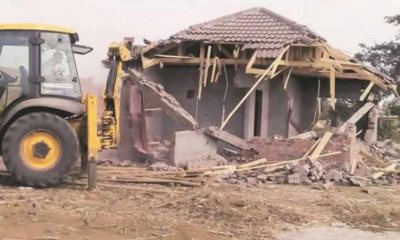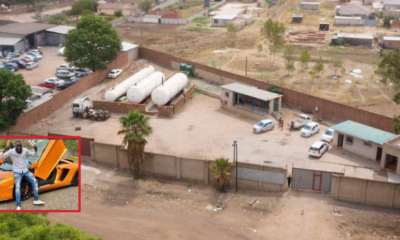NATHAN GUMA
ZIMBABWE’S budget priorities have come under scrutiny after it has emerged that government departments that do not directly impact people’s livelihoods have over-utilised their funds, while oversight and social welfare departments have remained underfunded.
In November last year, Finance minister Mthuli Ncube presented a ZW$58.2 trillion (US$10.6 billion) 2024 budget underlined by a heavy tax regime, which critics say shows how the government is increasingly becoming anti-people and is likely to worsen Zimbabwe’s socio-economic crisis.
However, an analysis by a social justice watchdog, Zimbabwe Coalition on Debt and Development (Zimcodd), on the mid-term review presented on 25 July by Prof Ncube, has shown that most departments have already overused their allocated funds, despite them not directly benefitting people’s livelihoods.
According to the review, only nine out of 39 sectors had utilised over 50% of their allocated resources, with the ministry of Transport and Infrastructural Development spending 244.5% of its funds.
The Zimbabwe Council of Chiefs (ZCC), a grouping of the nation’s traditional leaders, used 118.7% while the Office of the President and Cabinet used 91.7%.
Government departments that used most of their funds include the Finance, Economic Development and Investment Promotion ministry, with 84.8%, while the ministry of Local Government and Public Works used 72.2%.
The ministry of Lands, Agriculture, Fisheries, Water and Rural Development used 69.1% while the Public Service Commission spent 67.2%.
During the same period, the Zimbabwe Electoral Commission (Zec) used 55% of its funds, while the ministry of Home Affairs and Cultural Heritage spent 54.7%.
In its annual report for 2023, the scandal-tainted Zec cited limited funding, instability of the exchange rate, and the need for advance payments by suppliers of election material as a hindrance to performing its mandate in the 2023 general election.
In August last year, Zec oversaw a chaotic general election that was for the first time rejected by the Sadc Election Observer Mission over gross irregularities that include non-compliance with the regional legal framework on elections.
The election was also blighted by logistical challenges that saw a shortage of ballot paper, with other polling stations commencing voting at midnight, contrary to the Electoral Act.
“While the above sectors are critical in national development and growth, it is imperative to note that their services do not directly bring change and transformational impact into the livelihoods of the Zimbabwean communities in as much as social sectors do,” Zimcodd said.
Findings from the review have also shown that oversight institutions have been heavily underfunded, with the Zimbabwe Anti-Corruption Commission (Zacc) using only 37.2% of funds, the National Prosecuting Authority (NPA) 31.8%, the Parliament of Zimbabwe 24.4% and the Audit Office spending a meagre 8.6%.
“Oversight institutions are critical in promoting sound corporate governance that enhances transparency, accountability, responsibility in the utilisation of public resources as well as deterring corruption and under dealings,” reads Zimcodd’s analysis.
On the contrary, crucial ministries have underutilised their funds, with the ministry of Public Service, Labour and Social Welfare only utilising 6.8% of its allocated resources.
This is ironic, considering that Zimbabwe is reeling under the effects of the El Niño-induced Finance Minister Mthuli Ncube drought which has left millions food insecure, with the government adjusting its appeal for aid from US$2.2 billion in March to US$3.3 billion to cushion against the effects of the drought.
According to a 2024 report by the Zimbabwe Livelihoods Assessment Committee (ZimLac), 35% of the urban population is food insecure, which translates to 1 732 770 people
“Yet, this is the ministry (social welfare) that is responsible for the administration of social protection services such as Basic Education Assistance Module (Beam), Health Assistance, Harmonised Cash Transfer (HCT) for the elderly and vulnerable groups and Food Deficit Mitigation Programme,” reads the Zimcodd report.
The other social service ministries that utilised meagre resources are Health and Child Care which used 26.9% of its funds, while Higher and Tertiary Education, Innovation, Science and Technology Development used 33% of its funds.
The ministry of Youth Empowerment, Development and Vocational Training spent 34.9% of its allocated resources while the ministry of Primary and Secondary Education expended 46.8%.
“It is ironic that at a time when government expenditure towards social service delivery should be accelerated due to the social and economic challenges as well as institutional and infrastructure gaps, the ministries have only used a paltry amount of the appropriated resources,” the Zimcodd report said.
Social welfare has been in a shambles, with findings from the 2024 ZimLAC report showing that the majority of children of school-going age are not in school in several provinces across the country.
Matabeleland North has the largest out-ofschool population with 25.2%, Matabeleland South with 25.1%. Midlands 21.6%, Mashonaland 21,5%, Mashonaland East 20.2%, Manicaland 20% and Masvingo 19.5%
Nationally, 22.3% of school-age children were not in school at the time of the survey.
“Therefore, it would be prudent for the Ministry of Primary and Secondary Education and Public Service, Labour and Social Welfare which administers BEAM to ensure that it aligns its expenditure pace with the needs and demands of the communities concerning education,” Zimcodd said.




